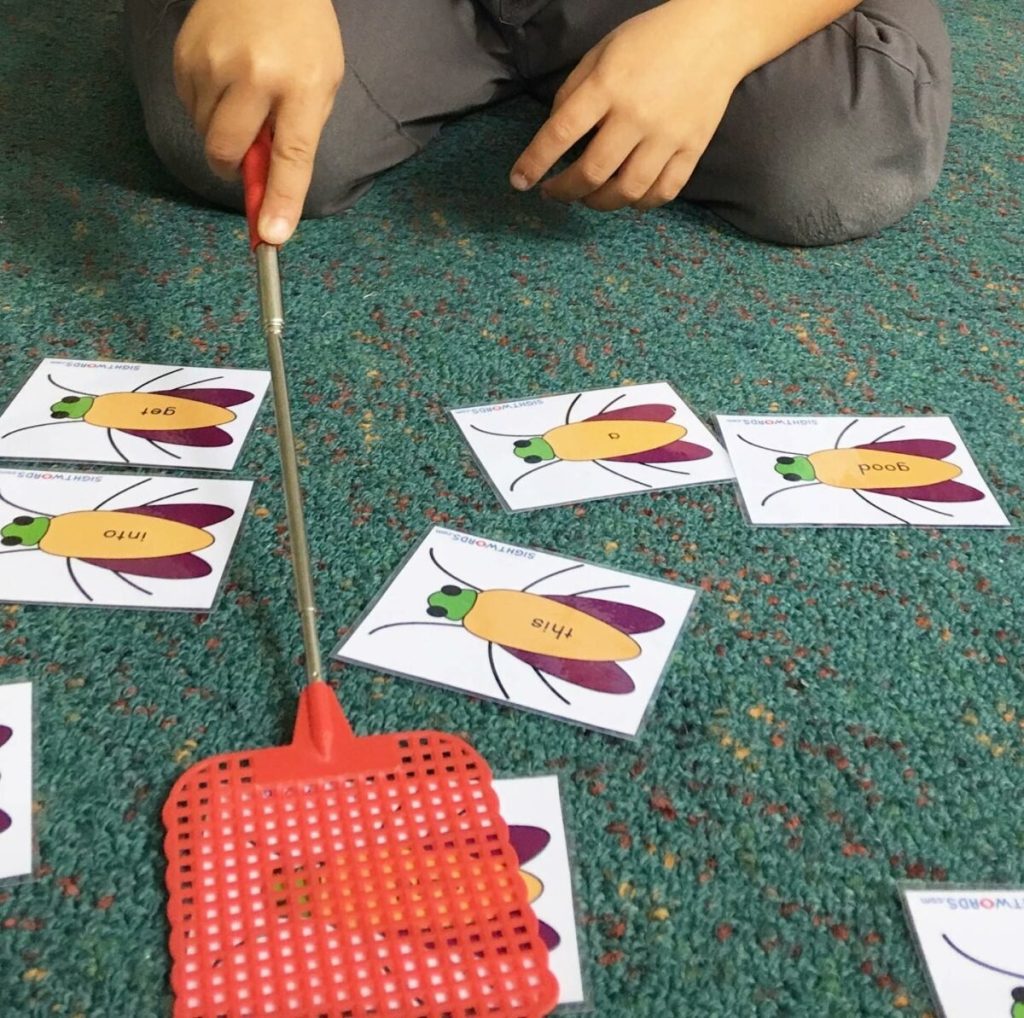Teaching letters and sounds is a fundamental part of early childhood education, as it sets the foundation for reading and writing skills. Engaging young learners in meaningful and playful activities can make this learning process more effective and enjoyable. Here are some tips and activities to help children grasp letters and sounds:
1. Start with Their Name: Children are often interested in writing their name. Use this natural curiosity to introduce the letters that make up their name. From there, you can introduce new words that begin or end with the same letters.
2. Alphabet Books: Create personal alphabet books where each page is dedicated to a different letter. Allow children to fill it with pictures, stickers, or drawings of objects that start with the respective letter.
3. Letter Matching Games: Play matching games where children match uppercase letters with their lowercase counterparts. You can use cards, magnets, or puzzles.
4. Phonics Songs: Songs and rhymes make learning fun and can help with memorizing the sounds of each letter. Apps, videos, and recorded music can be great resources for such phonics songs.
5. Letters in Everyday Objects: Encourage children to find letters in their environment – on signs, labels, or in books. This helps them realize that print is all around them and has real-world applications.
6. Sensory Bins: Create a sensory bin with rice, beans, or sand and hide letter magnets or foam letters in it for children to find. This activity is great for sensory development as well as letter recognition.
7. Playdough Letters: Children can use playdough to form letters of the alphabet. This hands-on activity helps develop fine motor skills while also reinforcing letter shapes.
8. Letter Hunt: Organize a letter hunt where children search for objects that begin with certain sounds throughout the classroom or at home.
9. Flashcards: Use flashcards but make sure they are interactive – you can ask children to jump if they see a vowel or clap if the card has the first letter of their name.
10. Letter of the Week: Focus on one letter each week by doing crafts, reading books, and organizing activities centered around that specific letter.
11. Sound Sorting: Provide objects or pictures that start with different sounds and have children sort them based on their initial sounds.
12. Alphabet Art: Merge art with literacy by having children create each letter using different materials such as yarn, buttons, or glitter.
13. Technology Integration: There are many educational apps designed for teaching letters and sounds through games, which can complement traditional teaching methods.
By incorporating these activities into your teaching routine, you’ll create a dynamic learning environment that is both educational and fun for your young learners!








